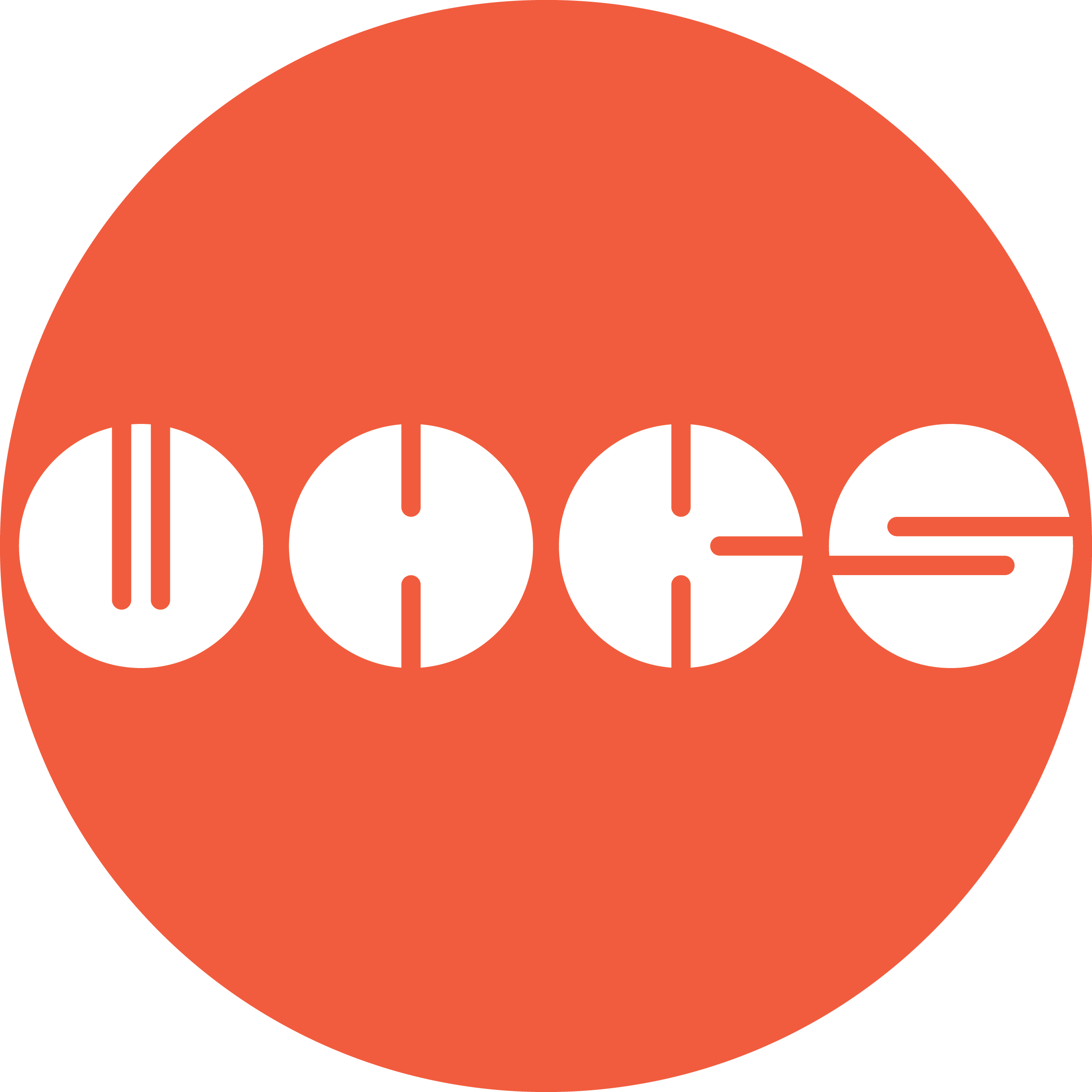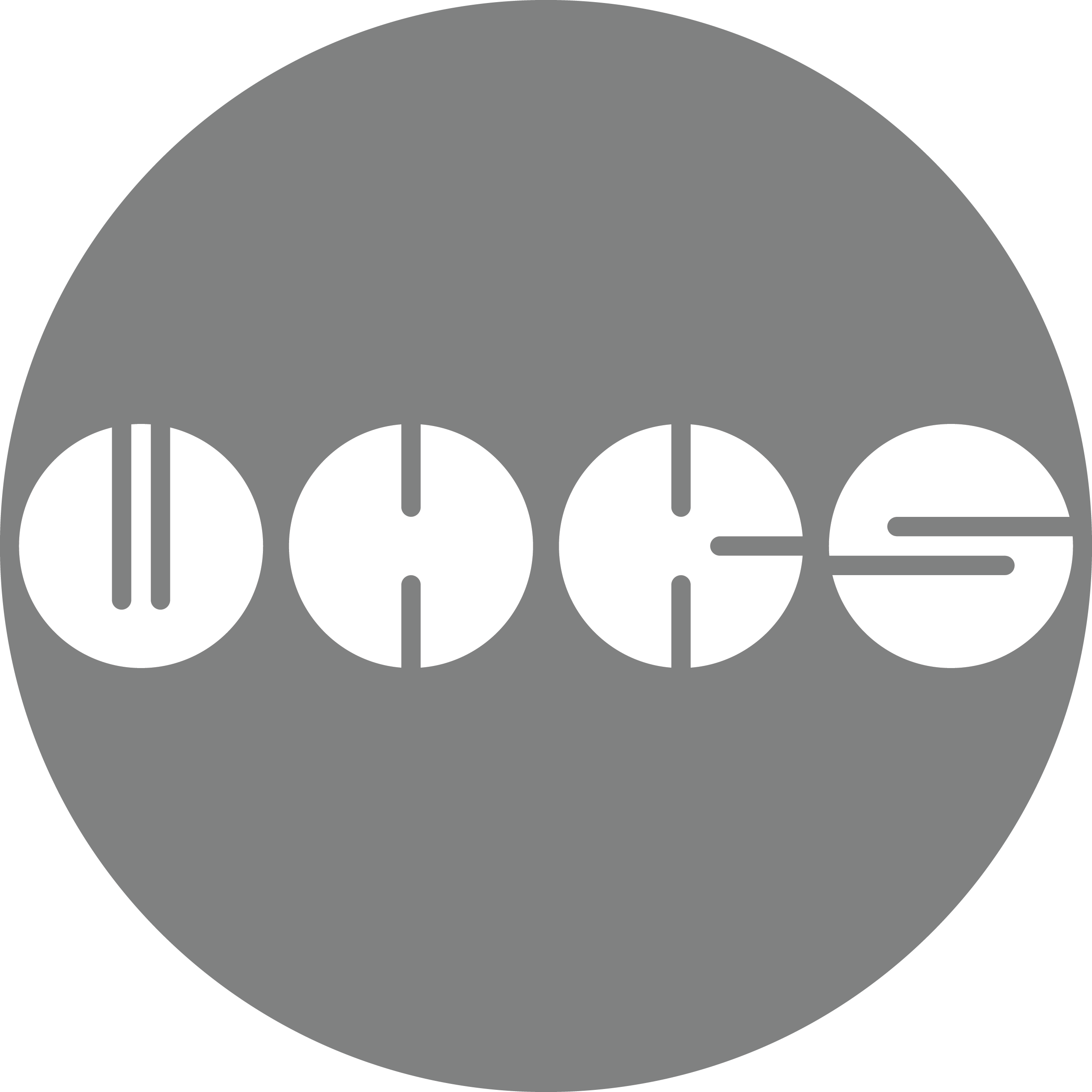Reconnection with Nature, in a Disconnected World
In a hypothetical future, population growth and urbanization have forced people to live in dense, metropolitan areas with little access to greenery or the outdoors. As resources become scarce, people will have to adapt the changing world around them by redefining the relationship they have with nature, and finding new ways to bring outdoor sensory experiences to the indoor space.
68% of the world population is projected to live in dense urban areas by 2050.
As population grows and urbanization expands, nature and open space as we know it will be overrun by the built environment.
With this lack of access, humans will be forced to adapt and find new ways to bring elements of nature into this new environment.
Theoretical User: Living in a dense apartment building with little natural light, the world outside is noisy and dirty, deterring them from opening the windows they do have. Long days in the city leave them tired and overly stimulated. They seek refuge in their living space and use it as a place to unwind and rest.
This desktop dome lamp makes one full rotation every 24 hours, changing light direction and light temperature in a rhythm matched to the solar cycle. During the day the lamp casts bright full-spectum light out into the room, and at night it casts a warm amber glow against the wall.
Over time the user will begin to associate the light directionality and color with the time, passively training their internal clock and reconnecting them with the cycle of the day.
Form iteration began with the intention of referencing the archetypal sun that a child might draw: a circle with spike-like rays emanating from the center. Over time the side profile changed drastically while the top view stayed more-or-less the same. Eventually the sun ray motif was abstracted further, to become a circle rather than spikes.
Now when viewed from above, the lamp references a heavily abstracted sun pictograph, consisting of a single point light, surrounded by nested concentric circles radiating outward.
Materials
The construction of the Sun Cycle Lamp focuses on environmentalism through longevity and emotional durability. Instead of manufacturing and distributing a short life-cycle product made of bio-materials for example, the approach is to use high quality materials to create an object that can live in the home for decades.
The base is an idea shape for ceramic slip casting or wheel turning, and the dome would be manufactured as heavily frosted tinted glass. An LED light bulb is recommended to limit energy use, especially if the user opts to leave the lamp on 24/7. The clock movement powering the rotation of the lamp is the most complex individual part of the assembly, but it can be replaced easily if it ever breaks, as it is a standardized mechanical part.
Although the focus is longevity, these materials will not leave a large footprint when the lamp eventually does meet its end. Ceramics, enamels, and glass all break down and are completely inert.

